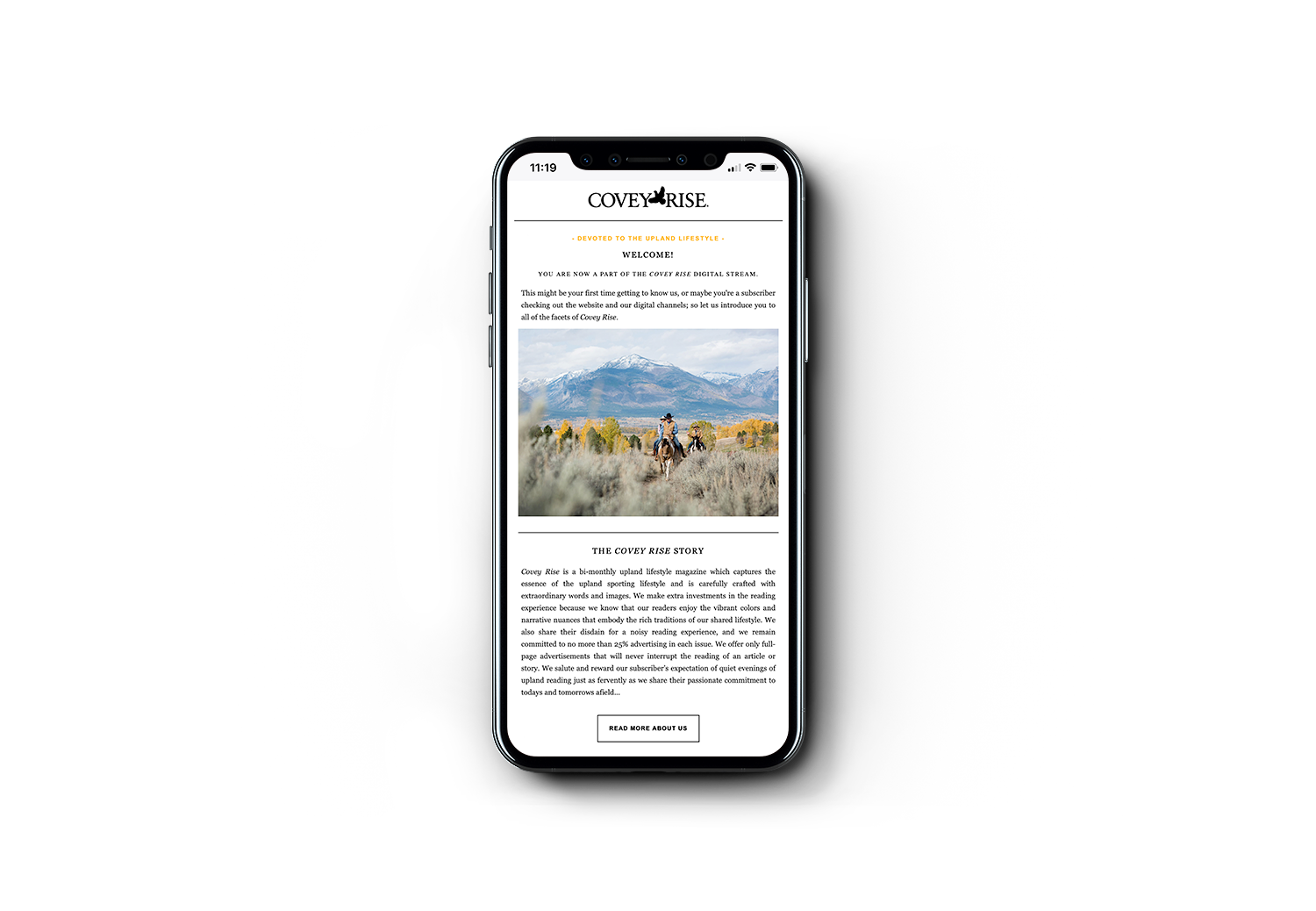My pup was 16 weeks old, legs too long and feet too big for the rest of her. Sometimes she missed the front step and went out flat on her chin. She’d been a part of the family for six weeks and our upland bird season was about to close. Maybe I was pushing too hard, but I didn’t want the season to end without taking her on a hunt.
We called her Liesl, which on a good day sounds like lethal and on other days rhymes with weasel. She’s a pudelpointer, bred for intelligence, love of water, retrieving instinct, and willingness to please. Her lineage can be traced back 135 years to 7 German hunting pudels and 20 English pointers.
Six years ago, my friend Steve Waller showed me how skilled the breed was at finding deer and elk antlers. Later, we hunted pheasants. Waller introduced me to breeder Rod Rist, and this year we got our first pudelpointer from Rist. Prey drive, both Rist and Waller told me, is the most important quality at this stage.
When the dog was 11 weeks, I introduced her to a chukar wing tied to a fishing line. She gave chase and when she learned she couldn’t catch it, she began to point, her right leg cocked and tail erect.
When she was 12 weeks, I hid a pheasant wing. When she found it, she tried to run away with it. I tugged on the rope leash and brought her back to praise her. Soon, I began to carry a BB gun along on 10-minute training “hunts.”
At 14 weeks, she pointed the pheasant wing and stood still for a record 12 seconds, every muscle atremble. At 15 weeks, she ran off the leash into a stand of juniper trees. She sniffed packrat nests and field mouse holes. She ran ahead and then halted to check on me. She quartered into the wind and stopped when she’d picked up the scent of something far off. I went around a fallen juniper and found her pointing tweety birds in the branches. Prey drive—she’s got it.
The question with any pup is when to take it on the first hunt. I wondered if I was doing the right thing, but off we went.




